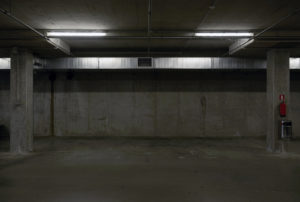Did you know that your room designs could be hurting your health and your home's energy efficiency? Some designs allow rooms to get more airflow. Good airflow helps prevent the buildup of pollutants and stagnant moisture. As a result, indoor air becomes healthier and feels more comfortable. Additionally, regulating the temperature of your rooms gets much easier and doesn't require you to run your heating or cooling system as often. Let's look at some of the ways a room's design can improve or impede airflow.
Unnecessary Walls
The air current within a room can be stopped quickly if it runs into an unnecessary wall. The fewer walls you have, the better the flow of air will be in your home. While walls are necessary for support and privacy, consider designing your house without the walls that aren't really necessary for your home's structural integrity, especially in the common areas.
Improper Placement of Vents
Vent placement is a critical aspect of room design. Positioning vents correctly ensures that they're not in an area where items like furniture and interior design elements can easily cover them. Closed or blocked vents cause airflow restrictions.
An HVAC company can help you position your vents correctly. For rooms that are already ventilated, try rearranging the furniture to enable smooth airflow and ventilation.
Multiple Windows
Having just a single window in a room will allow you to get a good amount of fresh air. However, if you want to increase airflow in the room, you'll need at least two windows.
In a room with two windows, air flows in through one of the windows and leaves through the other window as a result of convection. This movement of air naturally creates a breeze and allows the room's air to be replaced continuously, making the addition of windows an excellent option for any of your rooms.
Logically placed windows, vents, and walls will facilitate increased airflow in your home. For more information on room design and improvement of airflow, contact us at Air Assurance, proudly serving Broken Arrow's heating, air-conditioning, and indoor-environmental needs.






